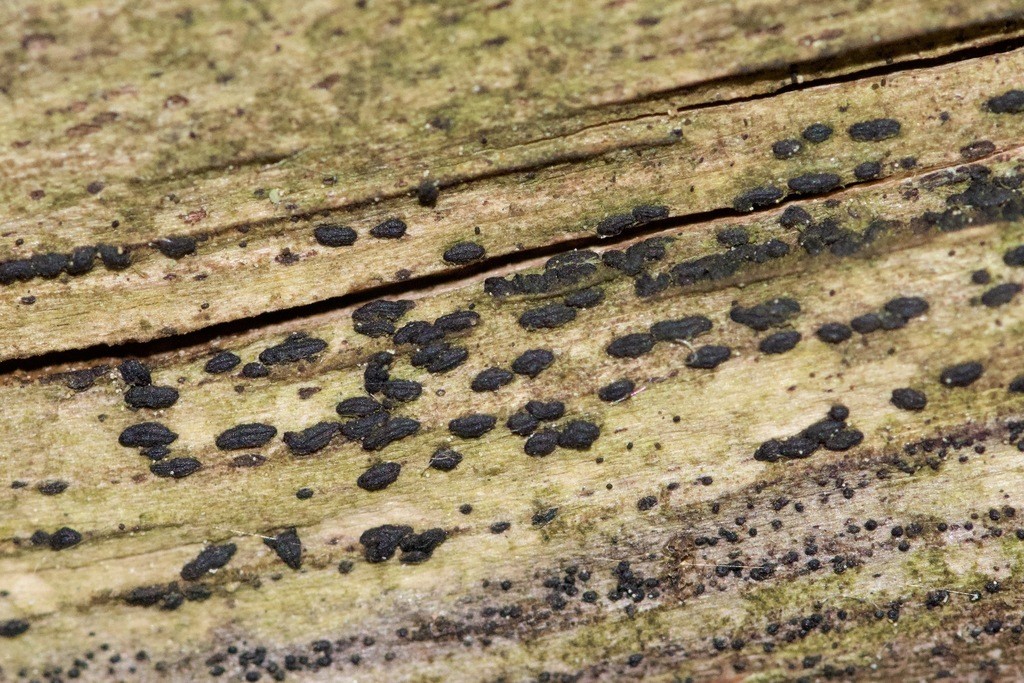Hysterobrevium
Scientific name: Hysterobrevium
Hysterobrevium
Scientific name: Hysterobrevium
 Photo By Owen Strickland , used under CC-BY-NC /Cropped and compressed from original
Photo By Owen Strickland , used under CC-BY-NC /Cropped and compressed from original Description
Hysterobrevium is a group of tiny fungi found on wood and bark. They form elongated, boat-shaped structures called hysterothecia, which open in moist conditions to release spores. These fungi play a role in decomposing plant material. Some species in this group have been observed in both temperate and tropical regions worldwide.